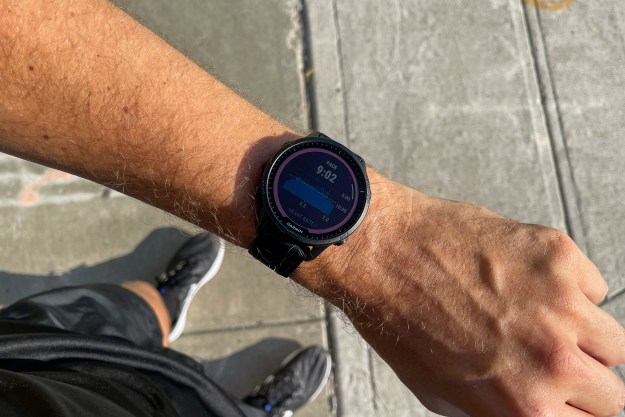Imagine the following scenario: there’s a mission in which spies or soldiers must cross over into enemy territory without raising any alarms. Due to the terrain, the approach that’s been decided on involves parachuting or gliding in under cover of darkness. But once said troops have been deposited, how do you get rid of the evidence of their arrival? Carrying a human-sized glider, or even a full-sized parachute, is prohibitive. It’s also a stretch to assume that there will be some easy way of disposing of the equipment by, say, burying it underground or at the bottom of a nearby body of water.
So what’s the answer? Well, according to research carried out for the Defense Advanced Research Projects Agency (DARPA) by the Georgia Institute of Technology, it could very well involve a parachute or glider built from a new type of material which self-destructs when it’s exposed to sunlight. You know, like something out of a James Bond or Mission: Impossible movie.

“This is for applications where you do not want to leave the product behind,” Paul Kohl, Regents’ Professor in the School of Chemical and Biomolecular Engineering at Georgia Tech, told Digital Trends. “Maybe there is too much [to carry], such as a bunch of parachutes. Maybe you don’t want someone to discover the product. Maybe you do not want someone to [be able to reverse-engineer it].”
When aerial vehicles disappear
The idea of making lightweight aircraft designed to self-destruct isn’t a wholly new idea. DARPA has previously lent its support to a cardboard drone project called ICARUS. Short for Inbound Controlled Air-Releasable Unrecoverable Systems, these disposable drones are intended to fly missions from which there is no coming back. Once the drone has delivered its cargo, its soft body safely biodegrades. That’s a great concept, but it’s not sufficiently rapid for all possible stealth glider applications. This is where the work of Professor Kohl’s team comes in.
Kohl’s previous research interests at Georgia Tech have focused on areas such as photosensitive materials for electronics packaging and sacrificial materials for creating compliant mechanical structures. His latest work, which was presented this week at a meeting of the American Chemical Society in California, combines both into one highly original package. His team has developed a type of sacrificial photosensitive polymer which vanishes in light. All that would be left after its rapid breakdown would be, possibly, some residue and a faint smell, the latter of which would quickly dissipate.

The polymer material the team has created is derived from a chemical called an aldehyde, which allows it to do its magic disappearing act. This aldehyde is mixed with other chemicals to provide the polymer with its structure. Many polymers break down slowly at a relatively low temperature. However, the unique insight here is that, as soon as one chemical bond in the polymer breaks down, the rest follow in hot (or, at least, sunny day temperature) pursuit. Some of these properties have been explored before, but never in quite the way they have here. Kohl listed off some of the improvements the team has made.
“We have made the material metastable at room temperature for the first time,” he said. “We have found plasticizers so that it can be either rigid and tough, or flexible like nylon. We have made it photosensitive so that only a small dose of light will make it depolymerize. We have improved the synthesis so that it is faster and lower cost to make. We have made copolymers from it which could vapourize more quickly or could be used for additional reaction.”
In instances where it would not be desirable to wait for the sun to rise, the reaction could be set off using a small light emitting diode. This could be built into the object and then triggered manually. (Just make sure that the glider or parachute has been landed before you do it.)
Building a prototype
There are, of course, plenty of exciting materials science innovations which never make it further than the initial proof-of-concept: usually a small lab-based sample of the material in question. That’s because there are frequently challenges scaling up processes to make the material useful in real world terms. That doesn’t appear to be the case here, though.

Kohl and his team have already built and tested a glider with a six-foot wingspan using their material. However, the prototype was only capable of transporting objects weighing a single kilogram, far below the weight requirements of a fully stocked army backpack, let alone a soldier. Nonetheless, this design could be modified and improved in the future to enable it to carry more. The challenge is to modify the design, not anything to do with scaling up the quantities of available material. “The next phase is to make tougher materials or more flexible materials, at a lower cost and more quickly triggered,” Kohl said.
For now, research continues. But look for this technology to come soon to a military landing site near you. Just make sure you keep your eyes peeled. These things promise not to hang around for too long!


